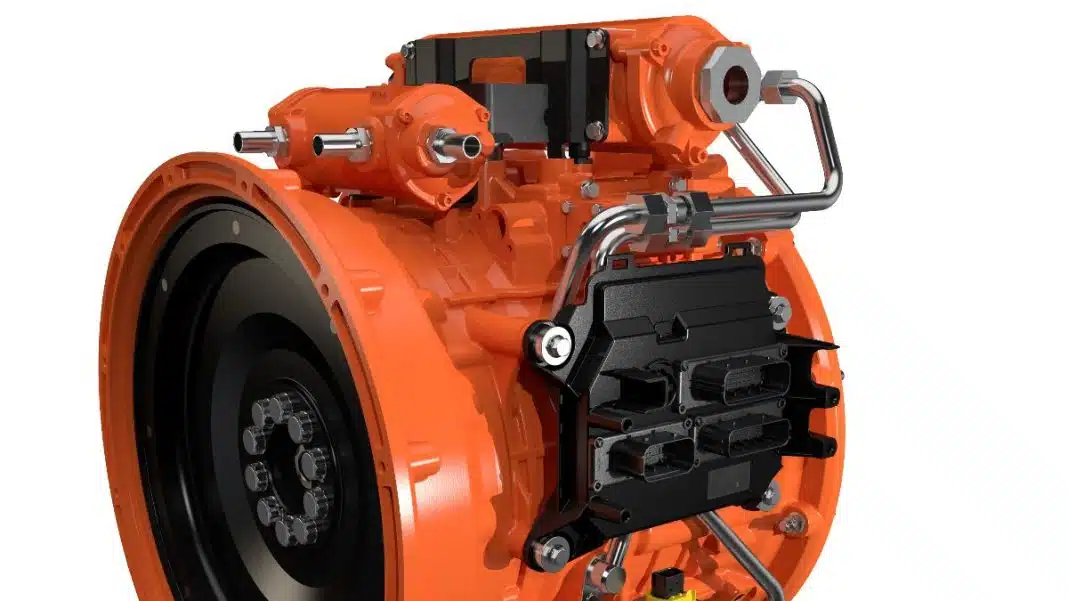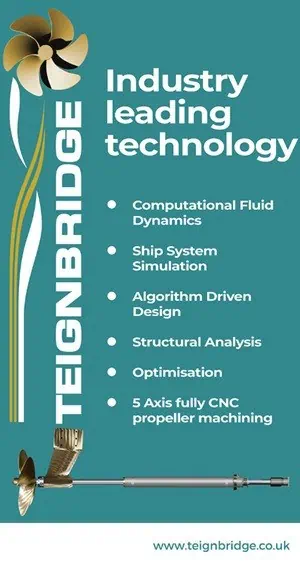Scania, one of the world’s leading manufacturers of engines for boats, trucks, buses and industrial applications, showcases its new marine hybrid solution at the Fort Lauderdale International Boat Show – the E-Machine.
A new innovation in alternative propulsion, the E-Machine is a compact, modular, yet powerful solution with propulsion, inverter and power control unit integrated into a single system. Depending on the application, the E-Machine can be mated to a Scania combustion engine for hybrid propulsion or directly to a gearbox for a fully electric system. The modular design allows for Scania to supply the necessary system components to meet the needs of almost any sized vessel. A single-source solution for boat builders, Scania supplies everything with the electric power system allowing all components to work seamlessly together. Additionally, the system management interface and mechanical interface – CAN J1939 and SAE 1 – simplifies integration with external components for easy installation, maintenance and use.
“The growing shift toward environmentally conscious propulsion strongly aligns with Scania’s core values of creating a world of mobility that is better for business, society and the environment,” said David Hughes, sales manager of marine products for Scania USA. “While our diesel marine engines lead the industry in power-to-weight ratio and efficiency, and our customers have been choosing them for the speed and fuel conservation they provide, our new E-Machine adds an even more environmentally sound option for those that prefer. In addition, the fully electric operation allows for almost silent propulsion for conscientious operation in crowded harbors or close to marine wildlife.”
The E-Machine provides 230 kW of continuous power, with a peak performance of 280 kW at 1,300 rpms. The oil-cooled system measures a mere 20-inches long by 24-inches wide and 23-inches high and weighs just over 550-pounds. The hybrid configuration has a potential CO2 emission reduction of up to 92 percent (assuming HVO), while the fully electric version allows for a potential CO2 reduction of 98 percent if the electricity is generated from renewable sources.















